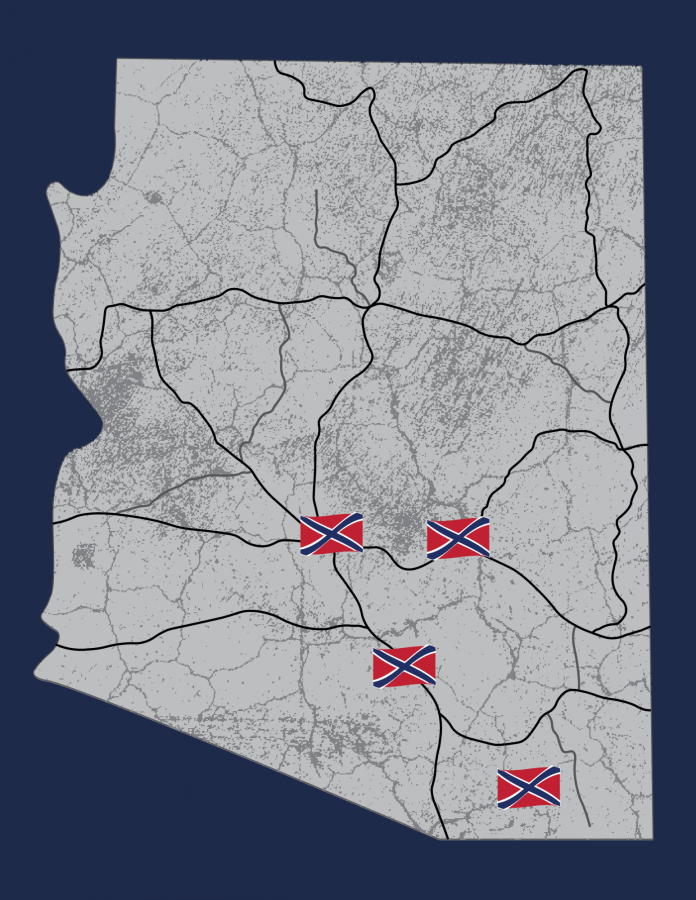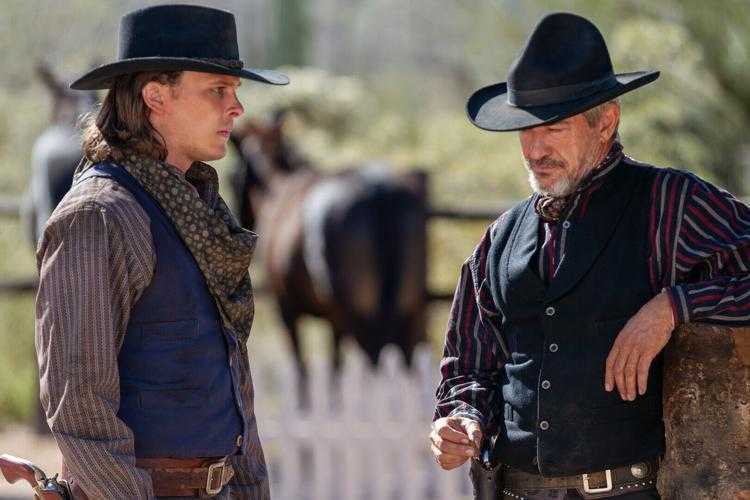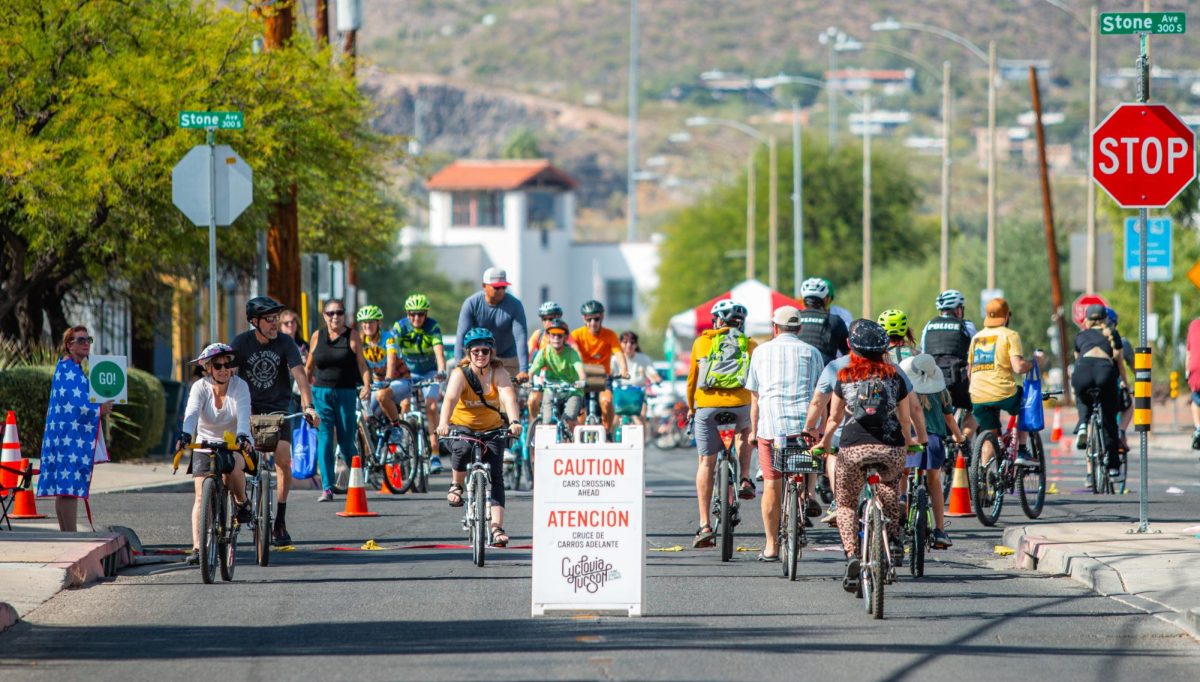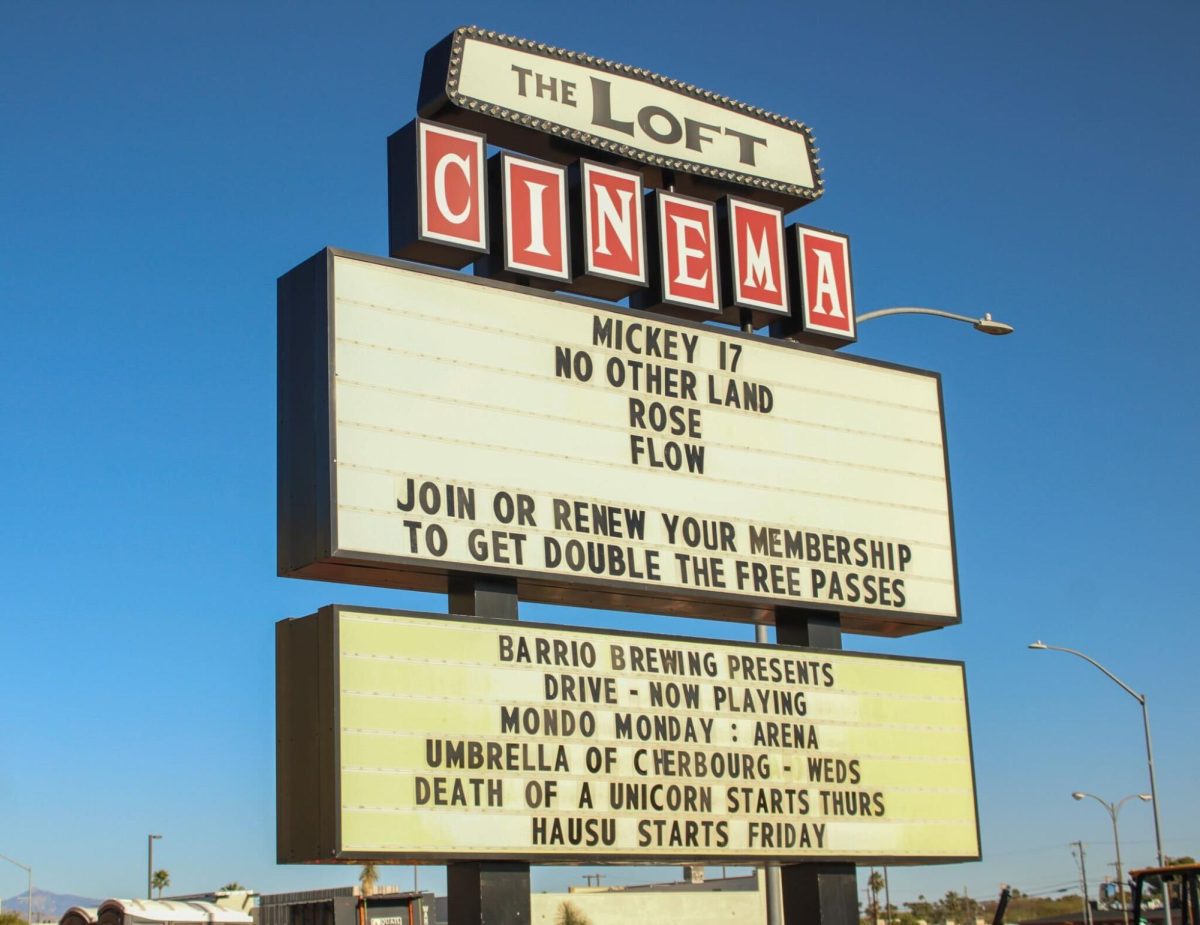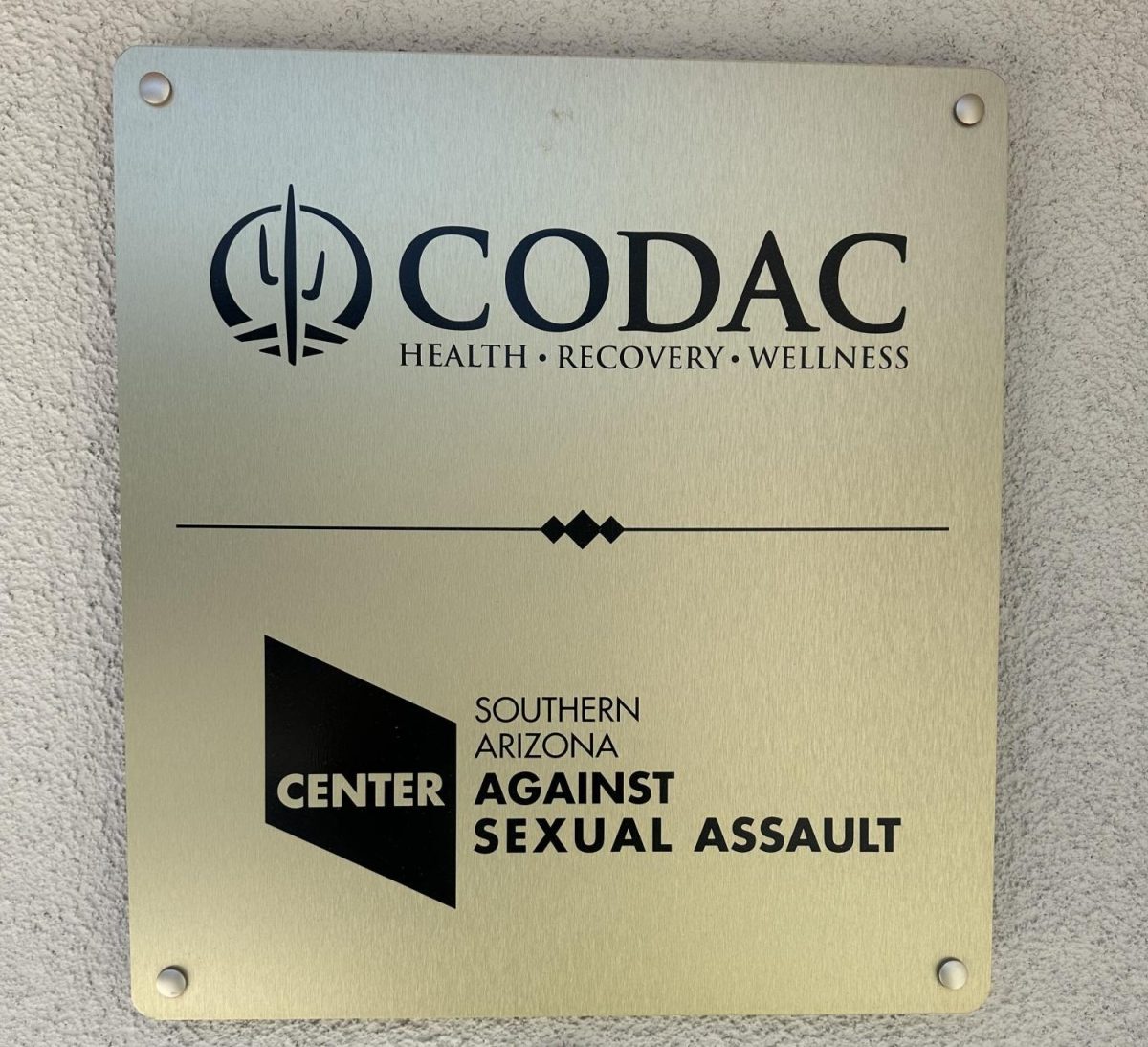People all over the world have been marching, protesting and petitioning for change in the wake of the murders of George Floyd, Breonna Taylor and many other Black Americans who were killed by law enforcement officers. This shift in political priorities has also brought with it a wave of support for removing Confederate monuments all across the United States.
Despite a small role in the Civil War and less than a year in the Confederacy, Arizona has a handful of Confederate monuments and is currently having its own conversation about whether or not they need to be removed. Here are some of the Confederate monuments in Arizona and their histories:
RELATED: The past century of race, riot and protest in the United States: A brief timeline
East Robert E. Lee Street
Location: Tatum Manor, Phoenix.
In the Tatum Manor neighborhood, located in the northern part of Phoenix, has a street named for the Confederate general Robert E. Lee. According to the Southern Poverty Law Center, the street was dedicated in 1961.
The street is currently in the process of being renamed, according to AZfamily.
Read more about these monuments here and an updated list of current monuments here.
Greenwood Cemetery Confederate Troops Memorial
Location: Greenwood Cemetery, Phoenix.
In the Greenwood Cemetery in Phoenix, there is a headstone dedicated to the Confederate veterans of Arizona. It was dedicated in 1999 by a local chapter of the Sons of Confederate Veterans, the Colonel Sherod Hunter Camp #1525.
The Southern Poverty Law Center includes groups like the Sons of Confederate Veterans and the United Daughters of the Confederacy under its definition of the neo-confederate groups. Such groups are “a reactionary, revisionist branch of American white nationalism typified by its predilection for symbols of the Confederate States of America,” according to their site.
View images of the memorial here.
Southern Arizona Veterans’ Cemetery Confederate Memorial
Location: Southern Arizona Veterans’ Cemetery, Sierra Vista.
Similar to the memorial in Phoenix’s Greenwood Cemetery, the Sierra Vista Veterans’ Cemetery also has a memorial to Confederate troops. It was dedicated more recently, in the spring of 2010, by the United Daughters of the Confederacy and Sons of Confederate Veterans.
This memorial was erected a year after the remains of Confederate soldiers buried in Tucson were relocated to Sierra Vista.
Read more about this memorial here.
RELATED: UA students helping the community through donation drives and 3D printed face masks
Recently removed/relocated:
Jefferson Davis Highway Marker
Former location: U.S. 60 at Peralta Road, Gold Canyon.
The Jefferson Davis Highway Marker sat at Peralta Road, in Gold Canyon, Ariz. The highway marker was a rectangular, stone structure that featured a plaque that read “Jefferson Davis Highway No. 70.” It also featured the year built, 1943, and the name of the group that sponsored it, the United Daughters of the Confederacy.
In the summer of 2017, the Jefferson Davis Highway Marker was tarred and feathered.
The Jefferson Davis Memorial Highway, which was named for the president of the Confederacy, technically no longer exists in the state of Arizona. The sections of highway that were a part of the Jefferson Davis Highway have been renamed and renumbered, according to John Halikowski, the director of the Arizona Department of Transportation.
Read more about the marker and Halikowski’s thoughts on it here.
View the removal petition here, read Secretary Hobbs’s letter here and read VetsForward’s letter here.
Wesley Bolin Memorial Plaza Confederate Troops Memorial
Former location: Wesley Bolin Memorial Plaza, Phoenix.
The Confederate Troops Memorial in Wesley Bolin Plaza was one of the most well-known and controversial Confederate memorials in Arizona. The Plaza was located across the street from the Arizona State Capitol building and originally featured statues, plaques and memorials to a variety of individuals and groups who had a positive impact on Arizona history. These include sections dedicated to Martin Luther King Jr., the Navajo Codetalkers of World War II and the USS Arizona.
The Confederate Troops Memorial was built and added to the plaza in 1962. It was sponsored by the United Daughters of the Confederacy.
There were many calls for the memorial to be removed. A Change.org petition, which was directed to Gov. Doug Ducey, called “Remove the Confederate Monument from the Arizona State Capitol” has over 4,500 signatures.
On June 8, Arizona’s Secretary of State Katie Hobbs published a letter to Arizona Department of Administration Director Andy Tobin in which she called for the removal of the United Confederate Troops Memorial in Wesley Bolin Memorial Plaza.
On June 19, during evening protests, the front of the statue was splashed with red paint. According to the Arizona Department of Public Safety, a suspect was arrested.
Many Arizona veterans met at the plaza to hold a press conference on June 24, at which they urged Ducey to remove the monument. According to the group VetsForward, which helped organize the press conference, an open letter and call to Ducey to take down the memorial had been consigned by over 110 Arizona veterans.
The monument was removed almost one month later on July 23 and returned to the United Daughters of the Confederacy for potential repairs or relocation according to Arizona Republic.
Battle of Picacho Pass Monument
Former location: Picacho Peak State Park, Pinal County.
In Picacho Peak State Park, there were statues, plaques and signs providing information about The Battle of Picacho Pass and the members of the Confederacy that were stationed in the area.
These include a canon, a plaque and two large signs featuring images of the confederate flag. The monument was sponsored by the United Daughters of the Confederacy with additional sponsorship from the Children of the Confederacy and the Arizona Historical Society.
Picacho Peak, besides being the location of one of Arizona’s state parks, also was the location of the Battle of Picacho Pass. The Battle of Picacho Pass was the westernmost engagement of the Civil War according to Atlas Obscura. Although the Confederacy won the battle, they were driven away from the west and into Texas.
Follow Katie Beauford on Twitter



